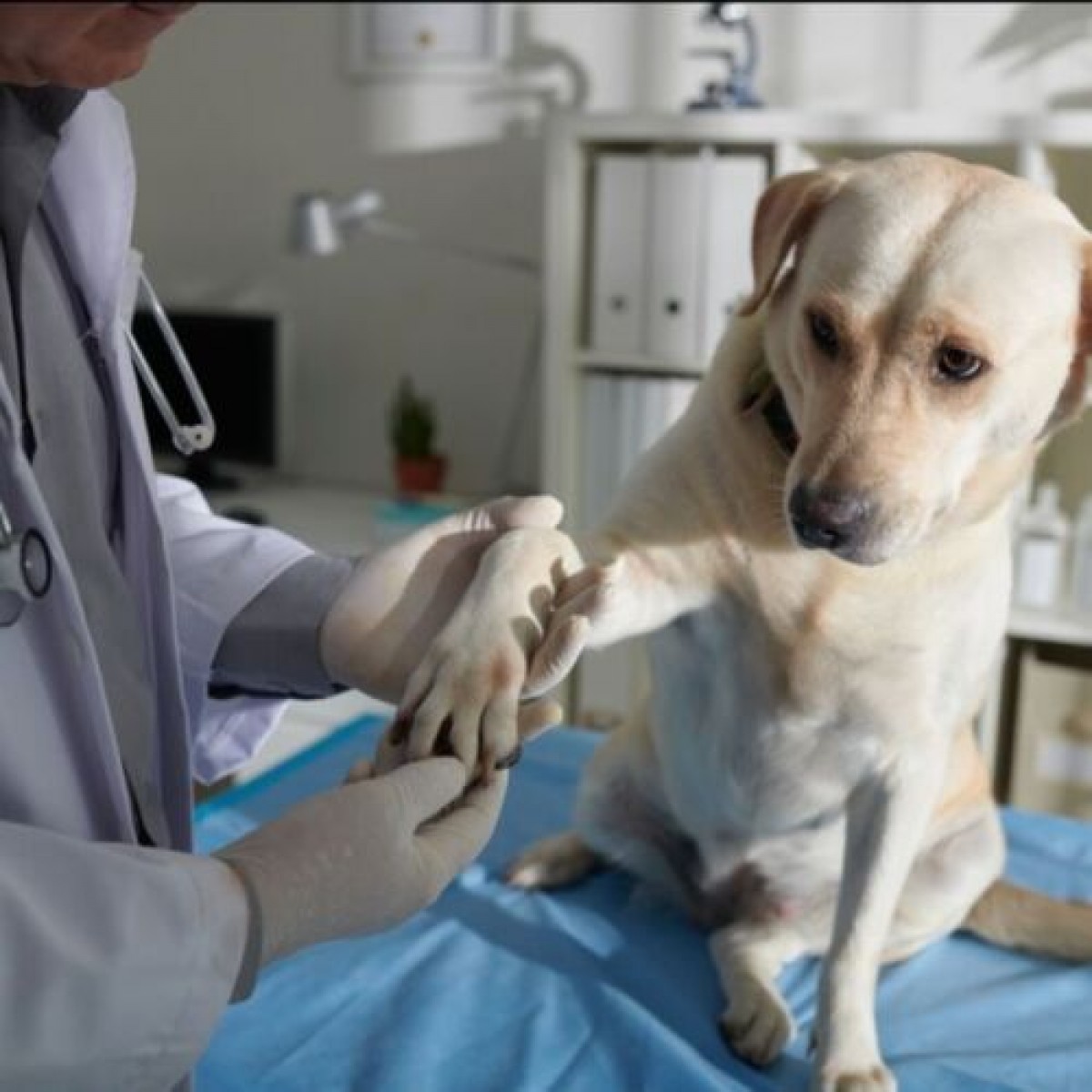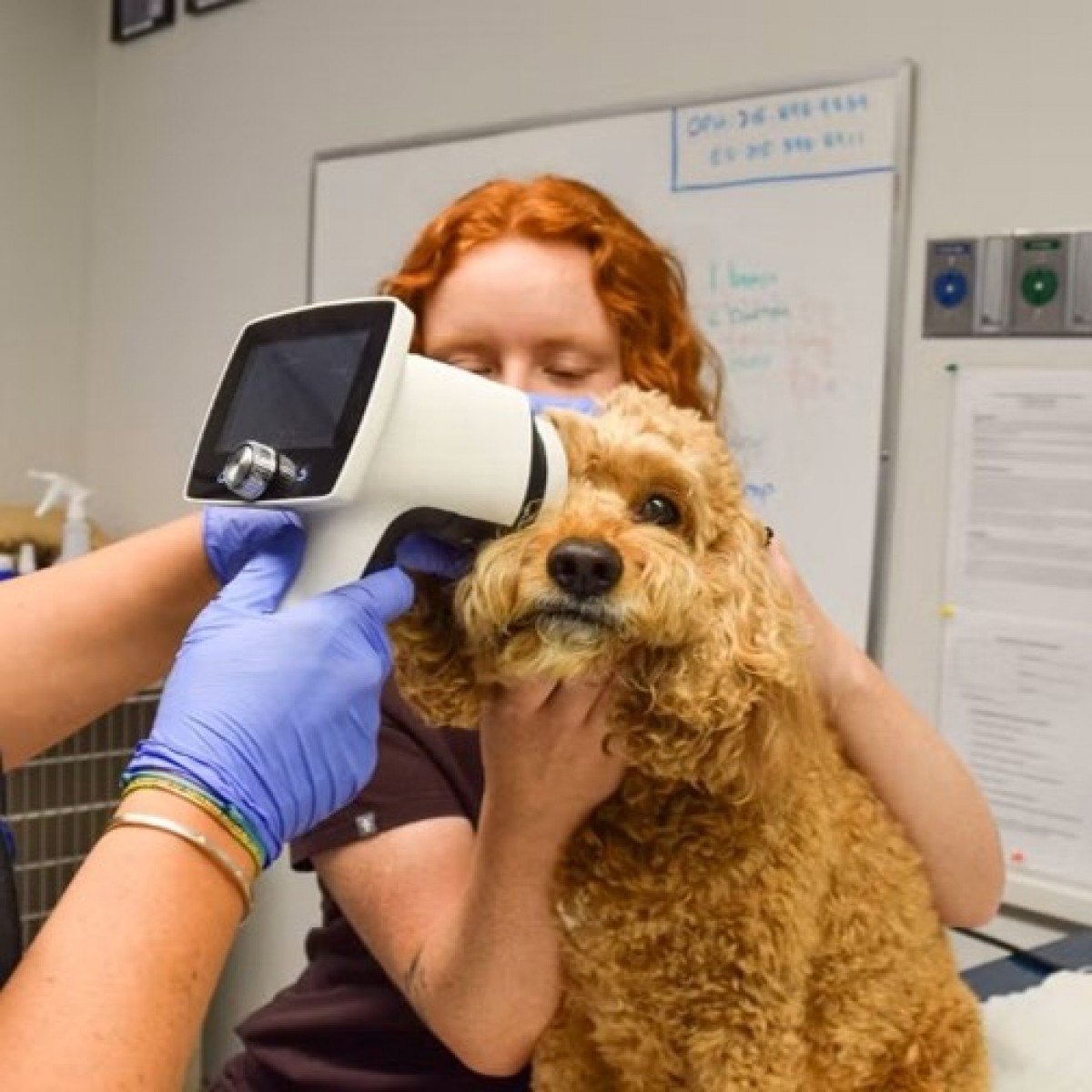Inbreeding’s Effect on Dog Health
A breed is defined as a dog group from a known lineage of similar dogs, who have an agreed set of physical and behavioral attributes that will be reliably replicated in their progeny. Physical traits include body size, skull shape, tail phenotype, fur type, and coat color, and behavioral traits include guarding, hunting, herding, and personality traits, such as hypersocial behavior, boldness, and aggression.
Humans have been breeding dogs to meet their needs for more than 9,000 years. Mastiff type breeds were used as guard dogs and warriors, and Greyhound types were bred to chase prey. Currently, more than 400 dog breeds are recognized throughout the world, with most modern dog breeds established in the last 200 years. These breeds can be characterized by a small number of founders. In addition, closed studbooks have been introduced in the last 100 years, requiring all registered animals and all subsequent offspring to trace back to the foundation stock, to ensure they are a purebred member of the breed. These factors have contributed to high levels of inbreeding. A new study recently published in Canine Medicine and Genetics explored the relationships between inbreeding, morphology, and health using genotype-based inbreeding estimates, body weight, and insurance data for morbidity.
Inbreeding affects health
Evidence has shown that inbreeding in high levels has health consequences. Close inbreeding has detrimental effects on litter size and neonatal survival. By domesticating dogs, and forming breeds, humans unintentionally increased the number of harmful genetic variants in breeds. Many breeds are at much higher risk for developing certain inherited diseases, and 796 canine disorders and traits are currently cataloged on the Online Mendelian Inheritance in Animals website (OMIA). An example of breeds predisposed to certain conditions include:
- German shepherd — Hip dysplasia is common in German shepherds, as well as other large-breed dogs, such as Great Danes, Saint Bernards, and Labrador retrievers.
- Siberian husky — Autoimmune disorders, especially skin conditions, are prevalent in Siberian huskies.
- Beagle — Epilepsy seems more common in beagles than other dog breeds.
- Boxer — Boxers are at higher risk for certain cancer types, including lymphoma and mast cell tumors.
- Dachshund — Their long bodies make dachshunds susceptible to back injuries and spinal cord problems.
- Bulldogs — Brachycephalic breeds, such as bulldogs, are at higher risk for respiratory issues.
Study findings
The study was a collaborative effort performed by researchers in California and Finland, who used a commercial DNA test database representing nearly 50,000 dogs across 227 breeds to analyze the average genetic similarity of dogs in a breed. They then compared their results to data from previous studies that used a smaller breed population. The study found that the average inbreeding was about 25 percent, which is much the same as the amount of genetic similarity that human siblings share. This shared genetic material is a much higher level than that considered safe for humans or wild animal populations. Humans who have 3 to 6 percent inbreeding levels show higher risks for hereditary disorders, such as cancer.
The study also showed that breeds with higher inbreeding levels required more veterinary care. Recent cross-breeds, including the Tamaskan, Barbet, and Australian Labradoodle, had low inbreeding levels, and landrace breeds, including the Danish-Swedish farmdog, Mudi, and Koolie, also had low levels. These findings support the conclusion that high inbreeding results from closed stud books, and small founder numbers. In addition, the information demonstrates that consistent breed type is possible without inbreeding.
Exceptions to the correlation between inbreeding and health were also found. The border terrier, Basenji, collie, and English setter breeds have high inbreeding but low morbidity rates, while Malinois, Pomeranian, and Russian toy breeds have lower inbreeding and high morbidity rates.
Preserving genetic diversity in dog breeds
Inbreeding is inevitable when breeding purebred dogs, because breeders are dealing with a closed population with a finite number of ancestors. Therefore, managing inbreeding at sustainable levels is necessary, to avoid the associated detrimental inbreeding effects. Management strategies include:
- Reducing the use of popular sires — Popular sires are one of the biggest contributors to reduced genetic diversity. Breeders use these dogs to perpetuate desirable traits, but overuse can be detrimental to the overall population.
- Using inbreeding calculators — Inbreeding can be measured by using a coefficient of inbreeding (CoI). This is the probability that two copies of a gene have been inherited from an ancestor common to the mother and the father. The lower the degree of inbreeding, the lower the inbreeding coefficient. The Kennel Club provides CoI calculators that use all available, electronically held, pedigree information, and do not limit the number of generations used, making each calculation as precise as possible. The CoI score is given as a percentage, and example scores include:
- 0 percent — The dog has two unrelated parents based on all available pedigree information.
- 12.5 percent — The genetic equivalent of a dog produced from a grandfather to granddaughter mating, or mating a half-brother to a half-sister.
- 25 percent — The genetic equivalent of a dog produced from a father to daughter mating, or mating a full brother to a sister.
- More than 25 percent — Inbreeding is accumulative, so frequent inbreeding over several generations can lead to a coefficient exceeding 25 percent.
- Using dogs from different subpopulations — Many dog breeds have populations that are geographically separated, known as a subpopulation. Imported dogs from these groups can be used to increase genetic diversity.
Taking measures to manage inbreeding and prevent its detrimental effects is necessary to improve dog health and decrease the owner’s veterinary costs. In addition to breeder education and monitoring inbreeding levels, outcrossing has been proposed for some breeds, to increase genetic diversity.














List
Add
Please enter a comment